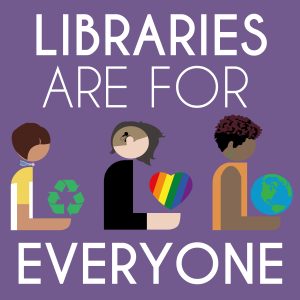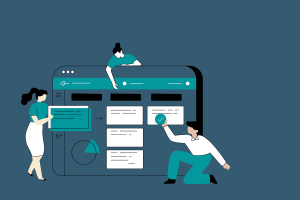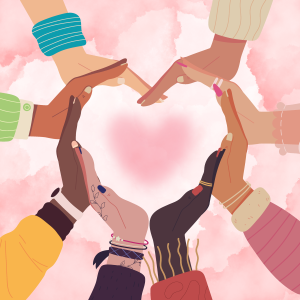
I love the idea of Infinite Learning. I have always believed that there is always something to learn. I have taken this concept into my career working in libraries always seeking out ways to learn a new skill or a professional development opportunity and I plan to always carry it with me to continue my growth in the information professional field. I have worked at my library for ten years and whenever I train anyone one of the first things I tell them is this: just when you think you know or have seen everything, something will come along that you don’t know or haven’t seen before. It still happens to me all the time and I enjoy it because it gives me the opportunity to learn something new.
I despise the saying, “that’s the way we’ve always done it.” It is stagnation. It does not allow for growth or learning or adapting. Which is everything that the modern library should be. We live in a very different world than five years ago, so why would we want to continue to run the library as we did back then or before then? People are different, this means the community as well as staff. As the community changes, we must adapt with it to evolve the library to meet the needs of the people we serve. Services shouldn’t always be the same and we should be taking the time to access what is working and what is no longer working for the community.
Stephens (2014) writes “librarians should seek every opportunity to be teachers in their communities.” I resonate with this idea because it means that as librarians we need to be learning all that we can so that we are able to help and teach the community new technologies, new concepts, and building stronger connections through our interactions. Without libraries there wouldn’t be many other opportunities for people to learn new things and connect with people in doing so. As we learn new things, especially when it comes to technology, then we are able to bring it into the library to grow the space and ensuring that it remains a place for learning, therefore building a place to adapt for the future instead of staying in the past.
Reference
Stephens, M., (2014). Making the case for the library as space for infinite learning [pdf]. YLibrary?.



